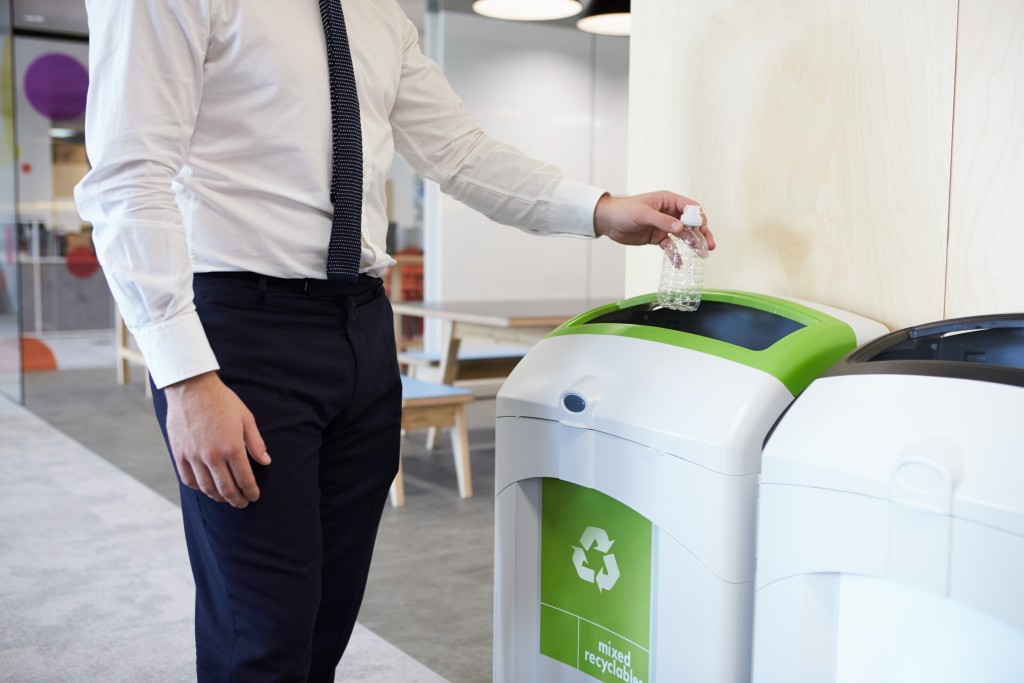The warehousing industry has a sizeable impact on our environment. The constant movement of both goods and people in warehouses make them significant contributors of carbon and waste. However, just like other industries, warehouse owners of today are continuously looking for more eco-friendly ways to run their business, both in the hopes of reducing waste and their environmental impact.
Here are some of the most ideal ways with which warehouses can make their processes more eco-friendly:
1. Create a waste management plan
Achieving a more eco-friendly warehouse starts with creating a waste management plan. In this plan, the specifics of disposal and recycling are indicated, including details such as compactor leasing and waste transportation schedules.
2. Reduce packaging
Not only does less packaging mean less waste produced and less money spent on packaging, but the lighter weight also contributes to cheaper fuel expenses. Moreover, it also leads to increased efficiency, since more goods can be transported at one go due to smaller packaging sizes.
3. Step up segregation
One of the key pillars of effective recycling is segregation. That said, a warehouse should have adequate recycling facilities to hold enough recyclables in between pickups. As part of the solution, warehouse management can also appoint a person to handle the facility’s recycling process.
4. Use returnable packaging
Another excellent solution to reduce waste is by using returnable packaging for appropriate products. In this way, the packaging is not directly thrown in the trash and instead reused for another product. Again, this tip hits two birds with one stone by reducing both waste and warehouse expenses.
5. Keep workers informed

Even the best eco-friendly management plan won’t be effective if workers are not educated about it. Thus, all workers must be taught what to do for the warehouse to reduce waste, recycle properly, and reuse anything that can be used again. At the same time, they should be educated on how to reduce their impact on the environment by conserving energy, water, and fuel.
6. Minimize idling
If trucks are left to idle for extended periods of time, they use more fuel than necessary. Therefore, it’s a good idea to employ a ‘minimal idling’ policy so that trucks are not left idling at the warehouse for too long.
7. Perform preventive maintenance
Having a regular preventive maintenance schedule for warehouse equipment is an excellent way to save money on repair bills, reduce disruptions in operations, and decrease waste by not having to dispose of broken parts (or entire pieces of equipment). Moreover, keeping equipment in their ideal condition maintains efficiency, which helps reduce the consumption of electricity.
8. Do monitoring
After employing eco-friendly measures on waste management and resource conservation, the next step is to monitor these efforts if they are effective or not. If the case is the latter, warehouse managers should modify their measures or try new ones to see if they are more effective.
These are just some of the ways that warehouses can reduce their impact on the environment and save resources along the way. With these tips, along with other ones that aren’t mentioned here, warehouses can become more sustainable without sacrificing the quality of operations.



















